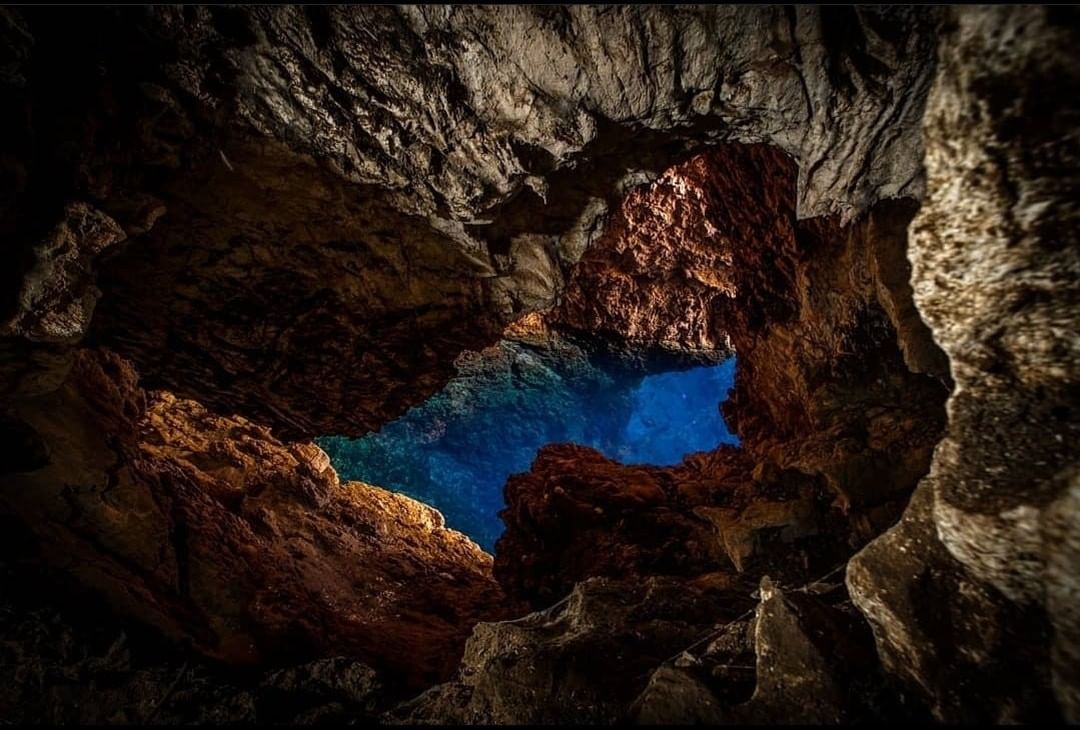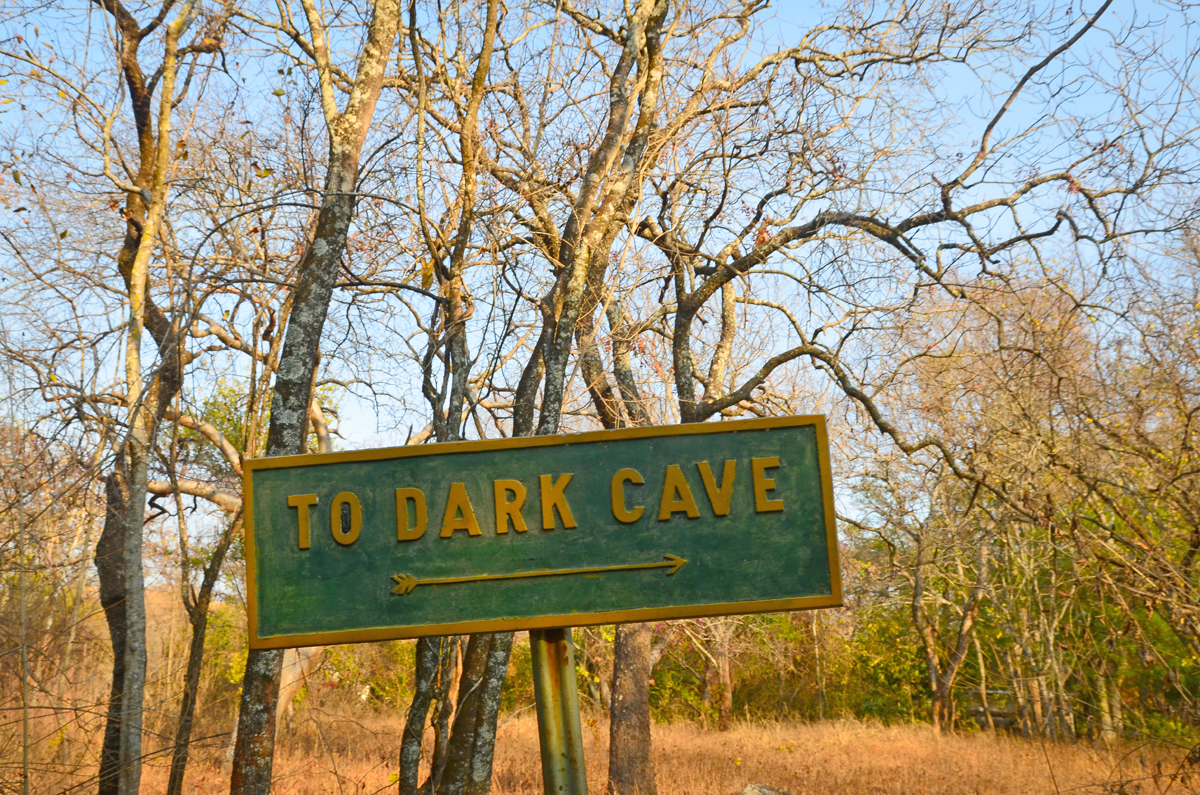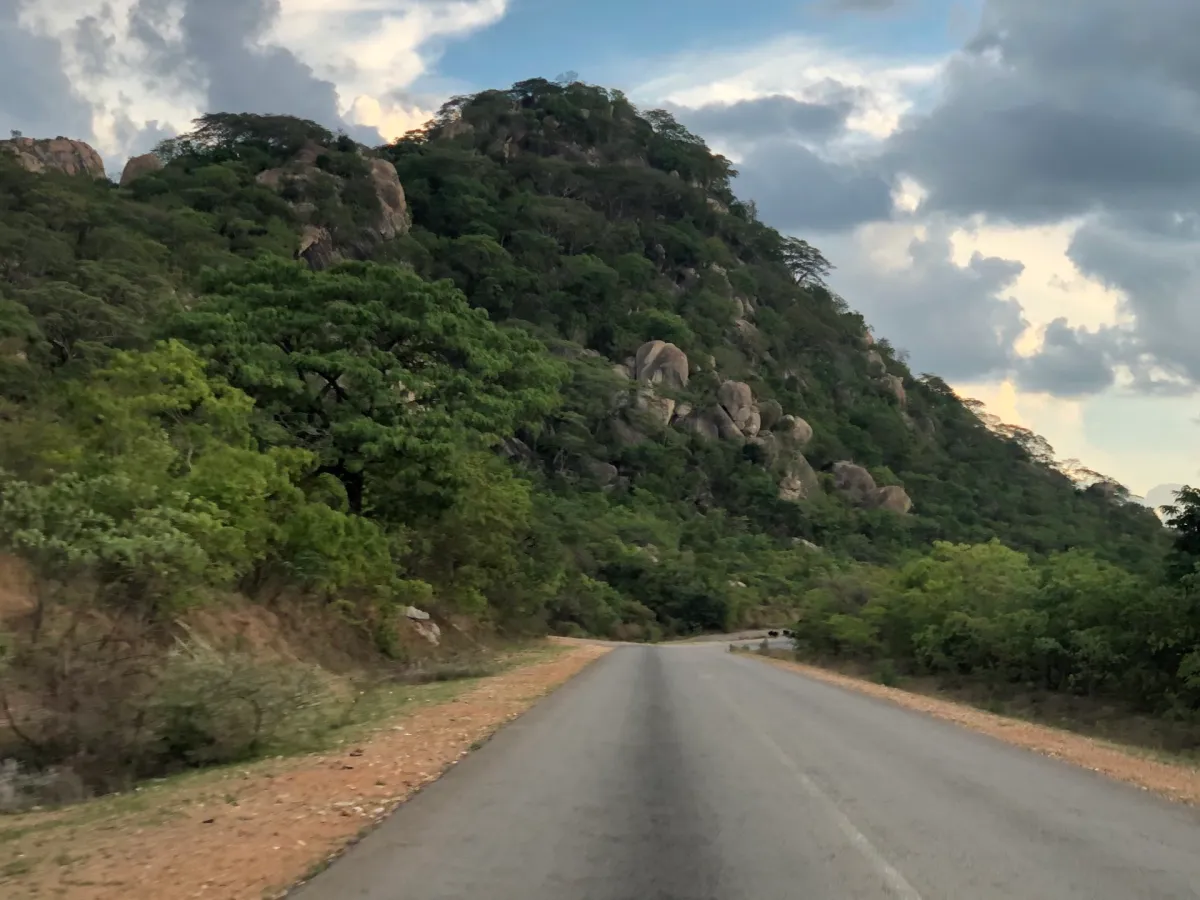Chinhoyi, a town in Zimbabwe, is renowned for the captivating Chinhoyi Caves National Park, a geological wonder that attracts visitors with its stunning limestone and dolomite caves.
This comprehensive biography provides insights into the town’s name origin, cultural significance, historical features, controversies, notable disasters, places to visit, geographical location, schools, and trivia.
Table of Contents
ToggleName Origin
The name “Chinhoyi” is derived from the town’s historical roots, linked to a headman named Chinhoyi. Legend has it that Chief Chinhoyi, after defeating an outlaw named Nyamakwere, utilized the caves as a refuge from raiding tribes.
The town’s nomenclature pays homage to this historical figure and the significant events associated with the caves.
ALSO READ: https://zimprofiles.com/getting-to-know-kariba-chronicles-balancing-progress-and-conservation/

Journey through Chinhoyi. picture credit to Zimbhoo
The name Chinhoyi boasts a multi-layered history, reflecting its evolution and ownership across different eras. Here’s a breakdown of its origins:
Before Colonization:
- Tjinoyi: The original name, believed to belong to a Lozwi/Rozwi Chief, son of Lukuluba, grandson of Emperor Netjasike.
Colonial Era:
- Sinoia: The name settlers adopted, derived from their pronunciation of Tjinoyi.
Post-Independence:
- Chinhoyi: The current name, reverting to the original pronunciation, but with the Zezuru language spelling.
Additional Layers:
- Lomagundi: The initial European settlement’s name (1895), later changed to Sinoia in 1906.
- Chirorodziva: Traditional name for the Chinhoyi Caves, meaning “Pool of the Fallen” due to a historical tragedy.
Therefore, Chinhoyi’s name carries echoes of its pre-colonial leadership, colonial influence, and ultimately, a return to its native roots with a modern spelling twist.
It’s a fascinating example of how place names can reflect the changing socio-political landscape of a region.
Culture
Chinhoyi boasts a rich cultural heritage, with the traditional name of the caves being “Chirorodziva,” meaning the “Pool of the Fallen.”
This name commemorates an unfortunate event in the 1830s when the Angoni tribe surprised residents near the caves, leading to tragic consequences.
ALSO READ: https://zimprofiles.com/exploring-bindura-mashonaland-central/
History of the Chinhoyi Caves

Journey through Chinhoyi: picture credit to Great Zimbabwe Guide
The Chinhoyi Caves National Park offers a mesmerizing experience with its preserved limestone and dolomite caves.
Scuba teams have explored these caves, discovering subterranean passages and depths exceeding 300 feet.
The Sleeping Pool, a key attraction, is shrouded in historical significance, with remains of Chief Chinhoyi’s grain bins visible until recent times.
The Chinhoyi Caves, known locally as Chirorodziva (“Pool of the Fallen”), boast a rich and complex history that intertwines natural wonders, ancient legends, and human interaction. Here’s a journey through their key timeframes:
Formation and Early Inhabitants:
- Geological Forces: Millions of years ago, ancient limestone deposits dissolved by rainwater created the intricate cave system.
- Pre-Colonial Presence: Archaeological evidence suggests human presence in the caves over 200,000 years ago. Later, indigenous communities used the caves for shelter and sacred rituals, particularly rainmaking ceremonies around the “Silent Pool.”
Legends and Chieftaincy:
- Myth of Chirorodziva: One legend says the name originated from a tragic incident where the Angoni tribe threw fallen enemies into the pool in the 1830s.
- Chief Chinhoyi: Legend also tells of a brave Zezuru chief named Chinhoyi who used the caves as a refuge from Ndebele raiders. His name echoes in the area’s history.
Colonial Era and Tourism (1890s-1980):
- European Arrival: In 1891, European settlers established “Lomagundi,” renamed Sinoia in 1906. The Chinhoyi Caves were declared a national park in 1900, becoming a popular tourist destination.
- Changing Dynamics: The caves’ significance shifted to tourism, while indigenous practices became restricted. Land dispossession also impacted local communities.
Post-Independence and Beyond (1980-Present):
- Reclaiming Heritage: After Zimbabwe’s independence in 1980, efforts were made to revive cultural practices and traditions linked to the caves.
- Modern Challenges: Balancing tourism with cultural preservation and managing environmental concerns remain ongoing challenges for the caves and surrounding areas.
Additionally:
- Rock Art: Paintings and engravings found within the caves offer glimpses into the lives of past inhabitants.
- Living Traditions: Traditional ceremonies and rituals, though less frequent, still occur occasionally near the caves, connecting contemporary communities to their ancestors.
Exploring the history of the Chinhoyi Caves is a fascinating journey through time, revealing layers of natural processes, human interactions, and evolving cultural practices.
ALSO READ: https://zimprofiles.com/exploring-rusape-culture-climate-and-historical-significance/
Controversies
The caves have a serene exterior but carry a violent history. In the early 1800s, an aggressive tribe invaded the region, resulting in the murder of many locals. The caves became a repository for the victims’ bodies, leading to the traditional name “Chirorodziva” or the “Pool of the Fallen.”
Greatest Disaster
One of the greatest disasters associated with Chinhoyi was the violent incursion in the early 1800s, when numerous locals lost their lives, and their bodies were discarded into the caves.
Places To Visit

Journey through Chinhoyi: picture credit to Munya’s travel diaries
Chinhoyi Caves National Park is a hidden gem, offering visitors a chance to explore stunningly blue pools within the limestone and dolomite caves.
The main attraction, the Sleeping Pool, provides a fascinating view of clear waters surrounded by vertical rock walls in the Wonder Hole.
Chinhoyi, nestled in the Mashonaland West province of Zimbabwe, offers a captivating blend of natural wonders, historical sites, and cultural experiences.
Here are some must-visit places to add to your Chinhoyi itinerary, each accompanied by an image to pique your interest:
Natural Splendor:
- Chinhoyi Caves National Park: Delve into this labyrinthine wonderland of limestone caves, adorned with stalactites and stalagmites. Explore the “Silent Pool,” a sacred site for ancient rainmaking rituals, and marvel at the “Natural Bridge,” a breathtaking rock formation.
Historical Gems:
National Gallery of Zimbabwe, Chinhoyi: Immerse yourself in Zimbabwean art at this regional branch of the National Gallery. Admire diverse collections, from ancient sculptures to contemporary paintings, offering insights into the country’s rich cultural heritage.
Chinhoyi Provincial Museum: Gain a deeper understanding of Chinhoyi’s past through exhibits showcasing historical artefacts, traditional crafts, and geological wonders. Learn about the lives of early inhabitants and the evolution of the region.
Chief Chinhoyi’s Lookout: Climb to this vantage point and imagine the bravery of Chief Chinhoyi who defended his people from invaders. Enjoy panoramic views of the surrounding landscape and feel the echoes of history at this significant site.
Cultural Enrichments:
Neuso Cultural Village: Experience the vibrant traditions of the Shona people at this living museum. Witness traditional dances, learn about local customs, and participate in craft demonstrations, gaining a deeper appreciation for Zimbabwean culture.
Mazoe Valley Conservancy: Immerse yourself in the beauty of the Mazoe Valley, home to diverse birdlife, scenic walks, and historical homesteads. Learn about sustainable farming practices and connect with the local community.
Local Craft Markets: Discover a treasure trove of handcrafted souvenirs at bustling markets like Chinhoyi Town Market. Find intricate carvings, colourful fabrics, and unique pottery, supporting local artisans and taking home a piece of Chinhoyi’s artistry.
Geographical Location
Situated approximately 115 km along the Harare-Chirundu road, Chinhoyi is conveniently located for travellers heading to Kariba or Mana Pools.
The town is about 9 km from Chinhoyi town and offers accessible camping and picnic sites.
Chinhoyi, nestled in the Mashonaland West province of Zimbabwe, boasts a strategic location and stunning natural surroundings. Here’s a breakdown:
Precise Positioning:
- Coordinates: 17°20’59.0″ South, 30°11’40.0″ East (Latitude:-17.349722; Longitude:30.194444)
- Regional Setting: Makonde District, Mashonaland West Province, central northern Zimbabwe
Distances:
- Harare (National Capital): Roughly 116 kilometres (72 miles) northwest by road
- Chirundu (Border town with Zambia): Approximately 240 kilometres (150 miles) northwest by road
Notable Geographical Features:
- Manyame River: Chinhoyi sits on the western banks of this scenic river, known for its waterfalls and recreational opportunities.
- Chinhoyi Caves National Park: Home to an intricate network of limestone caverns and the sacred “Silent Pool,” this park lies just west of the city.
- Rolling Hills and Savannas: The surrounding landscape features a mix of rolling hills, savanna grasslands, and occasional rocky outcrops.
Accessibility:
- A-1 Highway: Connects Chinhoyi directly to Harare and Chirundu, making it easily accessible by car or bus.
- Railway Station: On the Harare-Bulawayo line, offering another transportation option.
**Overall, Chinhoyi’s geographical location combines:
- Strategic proximity to major transportation routes
- Captivating natural elements
- Easy access for exploration and travel
Schools In Chinhoyi
While information on schools in Chinhoyi is limited, the town likely supports educational institutions for its residents.
Chinhoyi offers a diverse range of educational options for students of all ages, from primary schools to universities. Here’s a glimpse into some of the notable institutions:
Primary Schools:
- Lomagundi College Primary School: This prestigious private school provides a vibrant and stimulating learning environment for children from Grades 1 to 7. Their facilities include modern classrooms, a well-equipped library, and spacious playing fields.
- Nemakonde Primary School: A large and well-established government school serving the local community. They offer a comprehensive curriculum from Grades 1 to 7 and emphasize extracurricular activities like sports and music.
- Chinhoyi Town School: Another reputable government primary school located in the heart of the city. They cater to students from Grades 1 to 7 and prioritize academic excellence alongside nurturing well-rounded individuals.
High Schools:
- Chinhoyi High School: One of the city’s premier government high schools with a long-standing reputation for academic success. They offer a broad range of subjects, including sciences, humanities, and vocational training.
- Chemagamba High School: Also known as Chinhoyi No. 2, this government high school provides quality education for students from Form 1 to Form 6. They offer a diverse curriculum and encourage student participation in sports and cultural activities.
- Nemakonde High School: This co-educational government high school caters to students from Form 1 to Form 6, emphasizing academic rigour and personal development. They boast a dedicated staff and modern facilities.
Universities:
- Chinhoyi University of Technology (CUT): The city’s leading university, renowned for its strong focus on science, technology, and engineering. CUT offers undergraduate and postgraduate programs in various fields like computer science, civil engineering, and environmental science.
- Zimbabwe Open University (ZOU): A national institution offering flexible and accessible distance learning programs. ZOU has a regional centre in Chinhoyi, providing various undergraduate and postgraduate degrees in areas like education, business, and social sciences.
Trivia
Historically, Frederick Selous, a renowned European hunter, is credited as the first white man to discover the caves in 1887. The caves have gained recognition as a diving site, with depths explored by US Navy Divers reaching 135 metres.
References
- Atlas Obscura – Chinhoyi Caves
- NewsDay – Chinhoyi Caves: The Deep Blue Wonder (Published on January 13, 2018)
- NewsDay – The Sights and Sounds of the Mystic Chinhoyi Caves (Published on December 23, 2018



